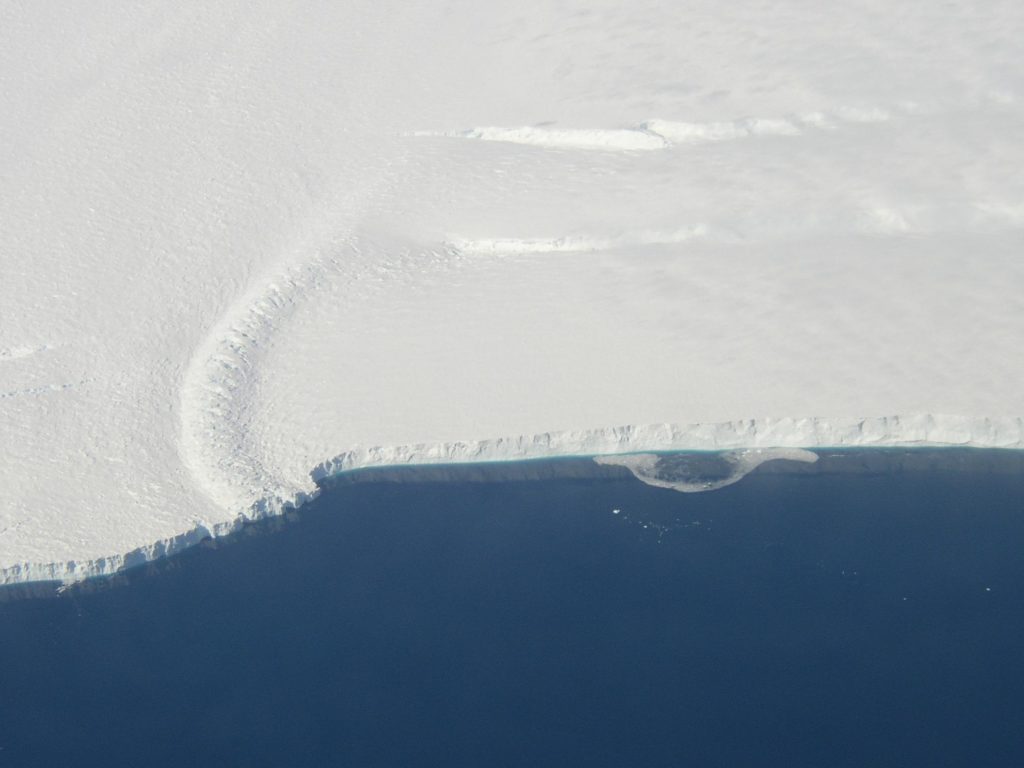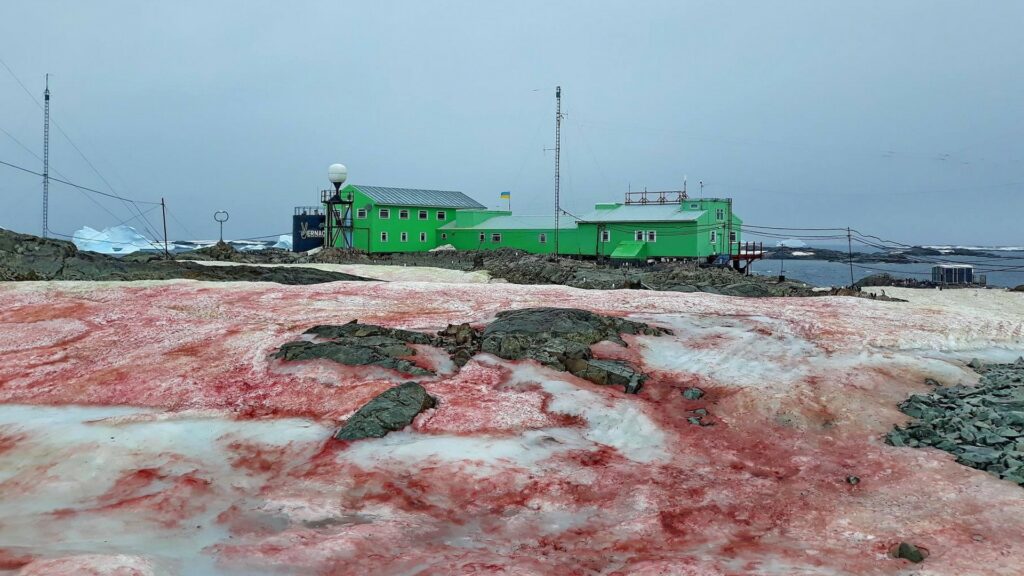Glaciers are at the heart of climate change issues. Several terms are linked to it (and sometimes confused): inlandsis, ice cap, polar ice cap, pack ice, iceberg. But, what is really the definition of a glacier? What is the impact of global warming on them?
Climate change has an impact on the entire globe, but certain areas play a key role. Ice conditions are an indicator of global warming. So it concerns the mountains, like the poles of the planet. Several terms are then invoked: glaciers, pack ice… what differentiates these different ice formations? And, what are the different types of glaciers? What is the exact link with global warming?
What is the difference between a glacier and an ice floe?
A glacier is located on land. It is a pile of snow which, in successive layers, accumulates and ends up forming a solid frozen block. It takes several decades. Only the summit evolves again once formed, depending on the snowfall. These solid masses can move.
The pack ice, meanwhile, is located directly on the water. Or more precisely: it is about the water itself. It is the solidification of the upper layer of the body of water, when the temperature drops below zero degrees (-1.8 degrees Celsius in general).
Inlandsis, ice cap: what are the types of glaciers?
There are two main types of glaciers based on their area:
- Up to 50,000 square kilometres, we speak of an ice cap;
- Beyond 50,000 square kilometres, it is an inlandsis (or polar cap since these formations are mainly located at the poles).
What is an iceberg compared to a glacier?
A iceberg is simply a block that has broken away from a glacier. This block then finds itself adrift. The term is Anglophone and kept unchanged in French — it comes from ijsberg in Dutch (“ice mountain”). The phenomenon causing the detachment is called calving. It can be of natural origin or caused by global warming.
Glacier calvings and climate change
In a glacier at equilibrium, the quantity of snow accumulated at the top is equal to the quantity of ice lost (through melting, calving, etc.). Except that global warming is precisely the cause of an imbalance: since the 1990s, the rate of ice loss has exceeded that of intake. This is the reason why we say that the glaciers “retreat”.
In question, warmer waters (even around the largest glacier in the world) as well as warmer air. This did not create the phenomenon of melting and calving, of course, but climate change accentuates the frequency of these phenomena of loss. It can even be observed with the human eye on timelapse videos.

What is the link between the melting of glaciers and the rise of the sea?
There is a subsidiary consequence, and not the least, to the melting of the glaciers: the rise in sea level. This link of cause and effect is well documented: “ Greenland’s ice sheet is losing mass at an accelerating rate in the 21st century, making it the main culprit for sea level rise “, recalled a study published in Nature in August 2020. In question: the water contained in these glaciers, which is released.
This is also the reason why it is important to distinguish between glaciers and pack ice. The melting of sea ice has nothing to do with sea level rise — for the simple reason that the amount of water remains the same.
What is “glacier blood”?
The expression “the blood of the glaciers” sometimes stands out when the snow takes on shades of ocher and red. It is actually micro-algae that take on this hue. And, it is a marker, again, of climate change.

Where there is ice and snow, there is usually this algae, Chlamydomonas nivalis. When it’s cold, they “pause”, but when the sun returns and the snow melts somewhat, providing light and water, they bloom. In fact, the warmer the area concerned, the more the algae thrives. However, we see more and more this “blood of the glaciers”, which acts as yet another sign of the warming of the planet and these areas.
What is the largest glacier in the world?
The East Antarctic Ice Sheet is the largest in the world. And for good reason, it covers most of Antarctica – it is a polar ice cap. Its area is 14,000,000 square kilometers and it is 4,000 meters thick. For comparison, the Greenland Ice Sheet covers “only” 1,726,000 km2.
It contains enough ice to significantly raise sea levels on its own. And, it is also affected by global warming, since the waters around it are warming.
